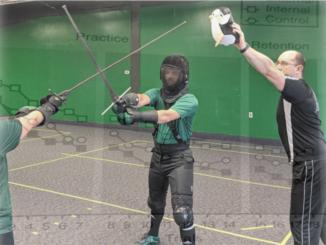
Internal vs External Cues
What difference does it make how a coach tells someone to get their sword higher? Well, actually, quite a big one.

What difference does it make how a coach tells someone to get their sword higher? Well, actually, quite a big one.
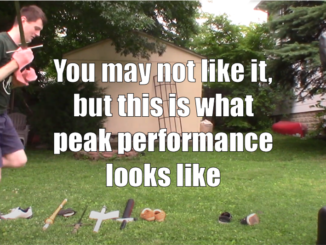
If you’re reading this you’ve either made it to the end of the article series on Ecological Approaches to Coaching, or you just skipped to the end because you wanted the TL;DR. Fortunately I think this article will be able to please both crowds.
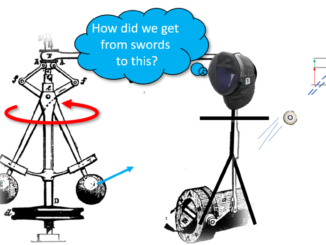
In this article we will go a little more into depth of how feedback fits into the Perception-Action coupling. Because contrary to what you might have thought, you can control something without a mental model of what it will do.
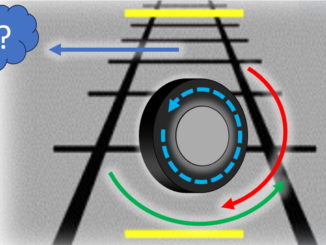
Perception-action coupling is how we make the connection between information available to us, and actual motor control.
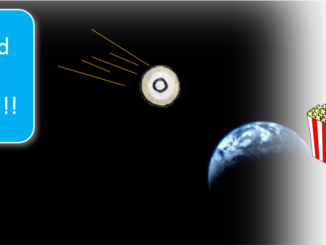
Direct Perception is the idea that we don’t actually create a mental model of the world, and the visual information we take in doesn’t need to be “decoded” at all.
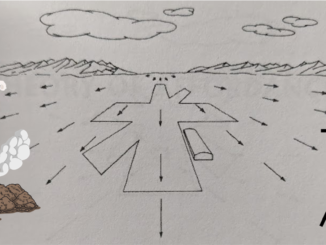
An important part to understanding how to use Ecological Approaches is the concept of an “affordance”. This is the ability to act on/in the enviornment.
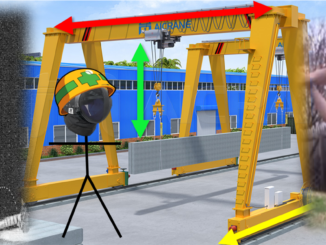
We use our bodies every day, so it seems natural and unremarkable. In truth, even the smallest motions are way more complex than you ever appreciated. This is due to the compounding nature of degrees of freedom at every joint in the human body.
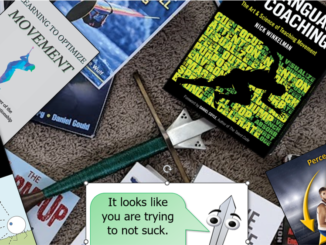
In Ecological Psychology the brain is not a computer, making a full model of the situation from inputs. There are instead ‘control laws’ which map inputs directly to outputs.

Surprisingly, doing the same activity repeatedly so you can focus on it is generally shown to be the worst way to learn it.

Not all coaching is equal, it must be compared against alternatives.
Copyright © 2025 | WordPress Theme by MH Themes